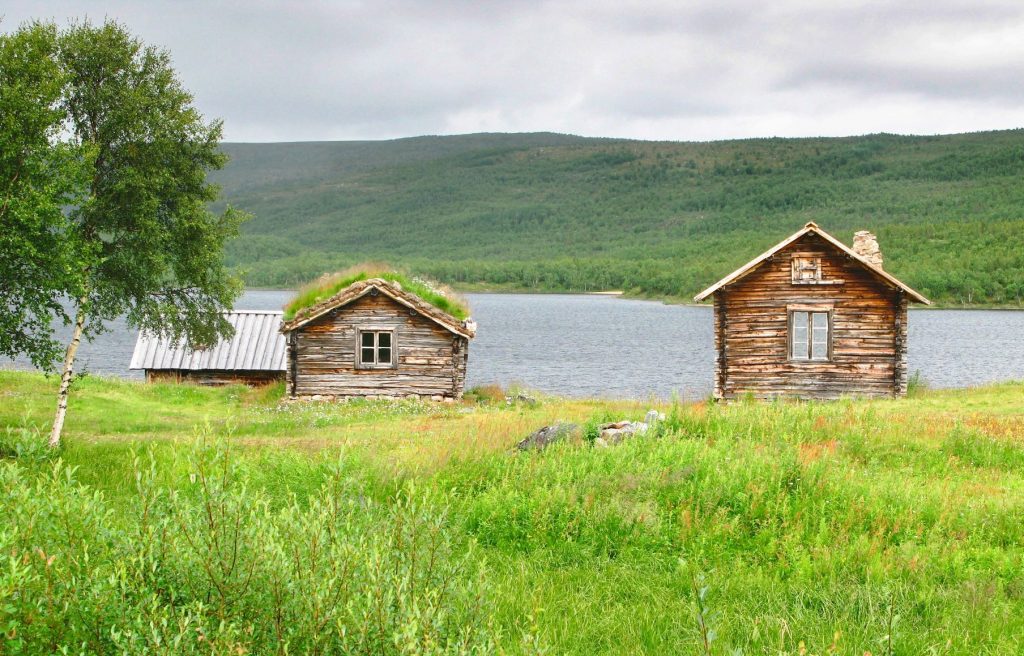“Traces in Utsjoki” is a concept for managing and influencing Utsjoki visitors’ behavior and actions in nature and raising environmental and cultural awareness. The concept consists of three parts, which are the bingo game for tracking traces in nature, the photo gallery for collecting and combining photos of the traces in the public online-based photo gallery, and informative posters for guiding the tourists’ behavior in nature. The main purpose of the concept is to increase the awareness and respect of natural surroundings and demonstrate the problems of misbehavior in nature and littering to the visitors and locals in Utsjoki in a participatory and playful way.
Visitors and locals can spot different traces in nature that do not belong to the local ecosystem, but also traces that do belong to it and should be treated with respect. The bingo game aims to increase tourists’ awareness through the observation of nature in both good and bad conditions. The bingo paper-based game board can be picked up from the tourist info in Village house Giisá. Hikers and visitors can play the bingo, document their found traces by taking pictures, and then upload the pictures on the Traces in Utsjoki gallery, which could be published on Utsjoki municipality’s webpage.
The Traces in Utsjoki gallery is a browser-based real-time photo gallery of the pictures taken by people walking or hiking around Utsjoki’s nature. The idea of the gallery is that, when you find a trace in nature, either negative or positive, you take a picture with your mobile phone and upload it to the photo gallery accessible through the Utsjoki municipality’s website. It is also possible to mark the exact location where the trace was found when uploading the picture. This allows monitoring the areas that have the biggest littering problem or many piles of stones, for example. Every month the statistics of «Traces of the months» are visible on the webpage, as well as displayed on the tourism info screen, which could be placed in the Village House Giisá. The administration rights of the photo gallery would belong to the Municipality of Utsjoki.
Traces in Utsjoki posters are part of the concept aiming to draw the attention of hikers and visitors to traces that do not belong to nature. The posters show evocative images of, for example, litter or other waste in nature and can be displayed in places where littering problems occur the most (identified, for example, with the help of the Traces in Utsjoki gallery). Posters should be located in places where they do not cause visual harm to the scenery. A poster with pictures of human waste in nature can be placed, for example, on the wall of the inside door of a public toilet, where visitors can be kindly reminded that toilet paper should not be left in nature either. In the picture in the middle of the poster, on the one side, misbehavior could be depicted, while on the other side the ideal situation of how to deal with waste could be displayed. Using creativity and humor in posters helps send the message in positive ways.
The Municipality of Utsjoki and the residents benefit from this concept since it improves the general well-being of the local people and the attractiveness of the area. The gallery helps collect data related to behavior in nature, which can potentially be used for different purposes such as arranging bins in some specific spots or informing tourists. The game can also be an educational tool for children: indeed, spotting different animal tracks gives a positive and playful aspect to the exercise. Identifying different traces in nature, including animals’ ones, may help learn about the local nature and its diversity. The goal of the game is to reduce the environmentally negative traces and collect the most positive ones in the gallery while increasing tourists’ appreciation for nature. Collecting litter and reporting it with pictures can uplift tourists’ feeling that they have done something good for the local community during their travels. It supports the development of more sustainable and balanced tourism, where both local people and tourists can enjoy and preserve nature.
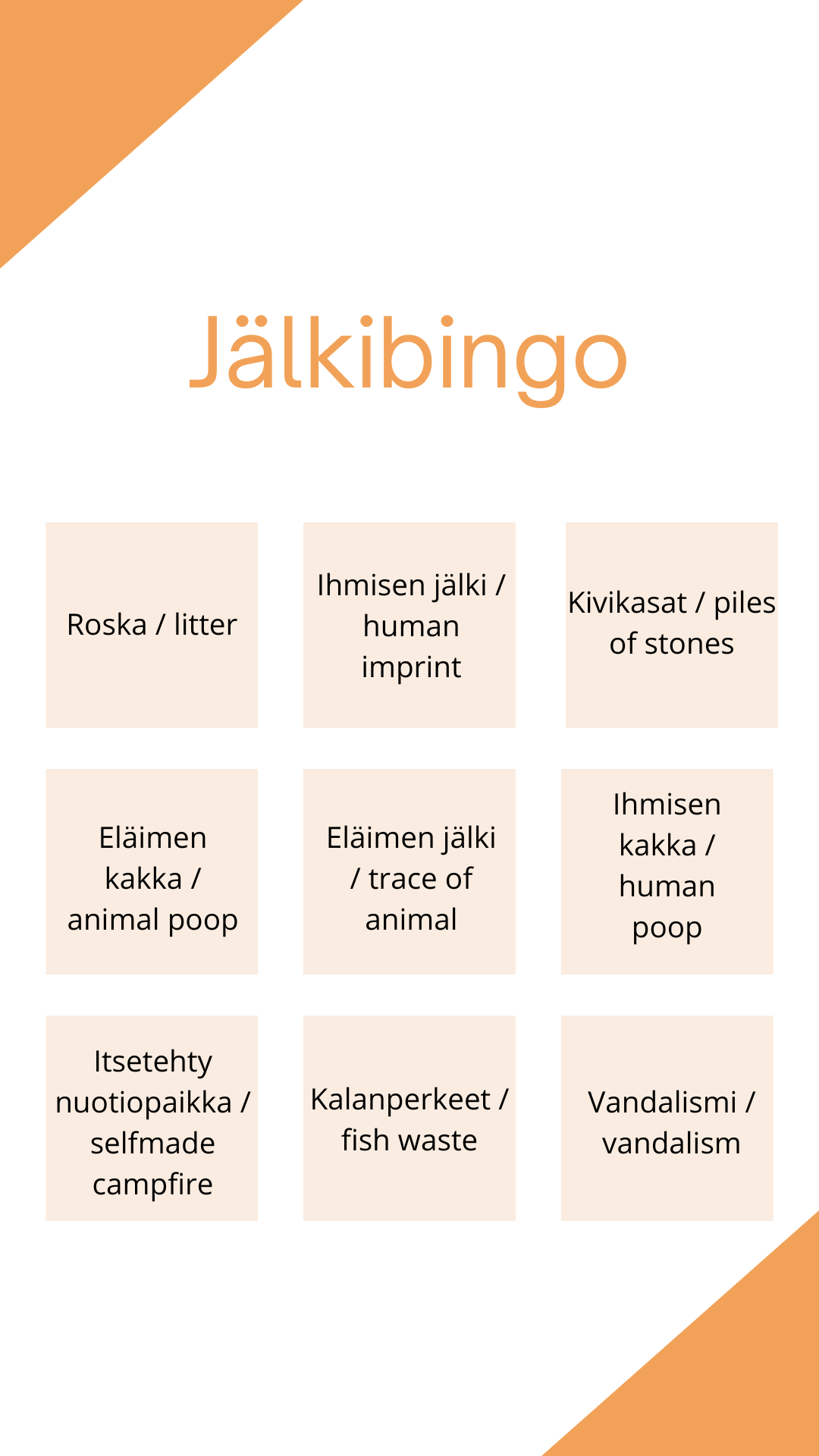
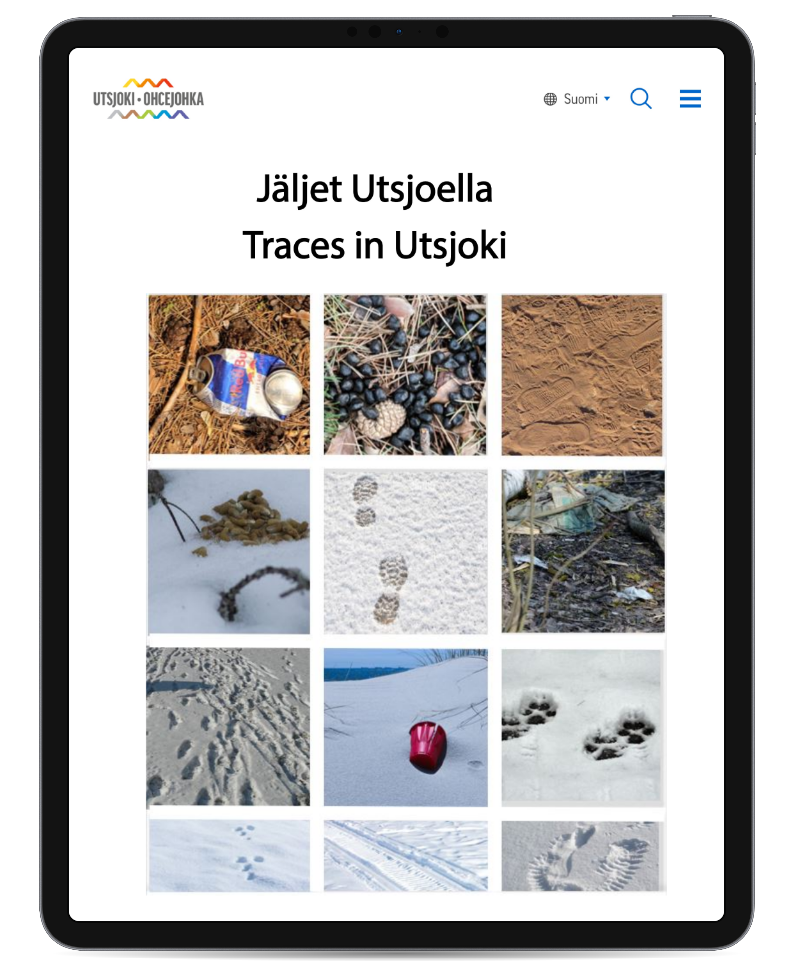
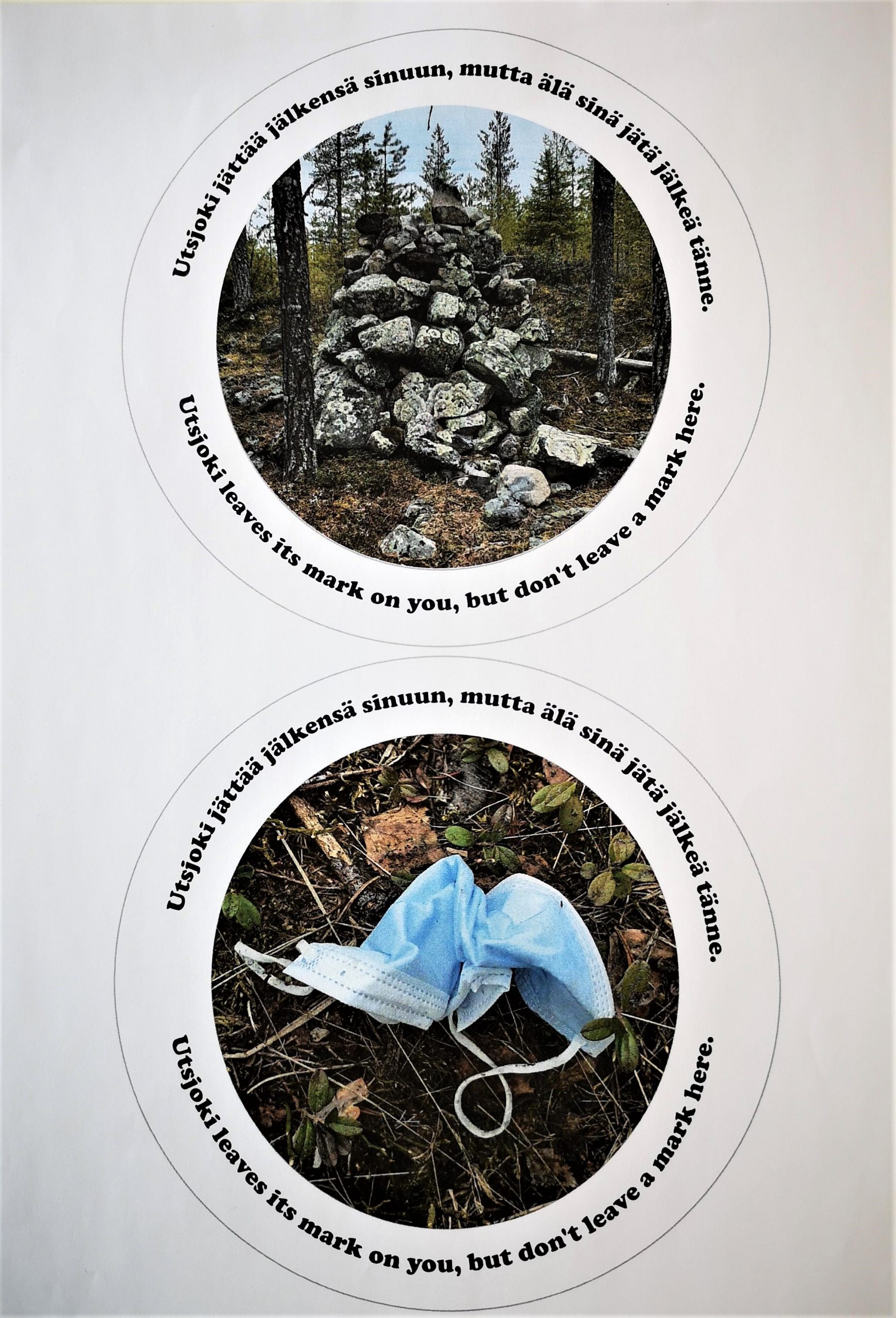
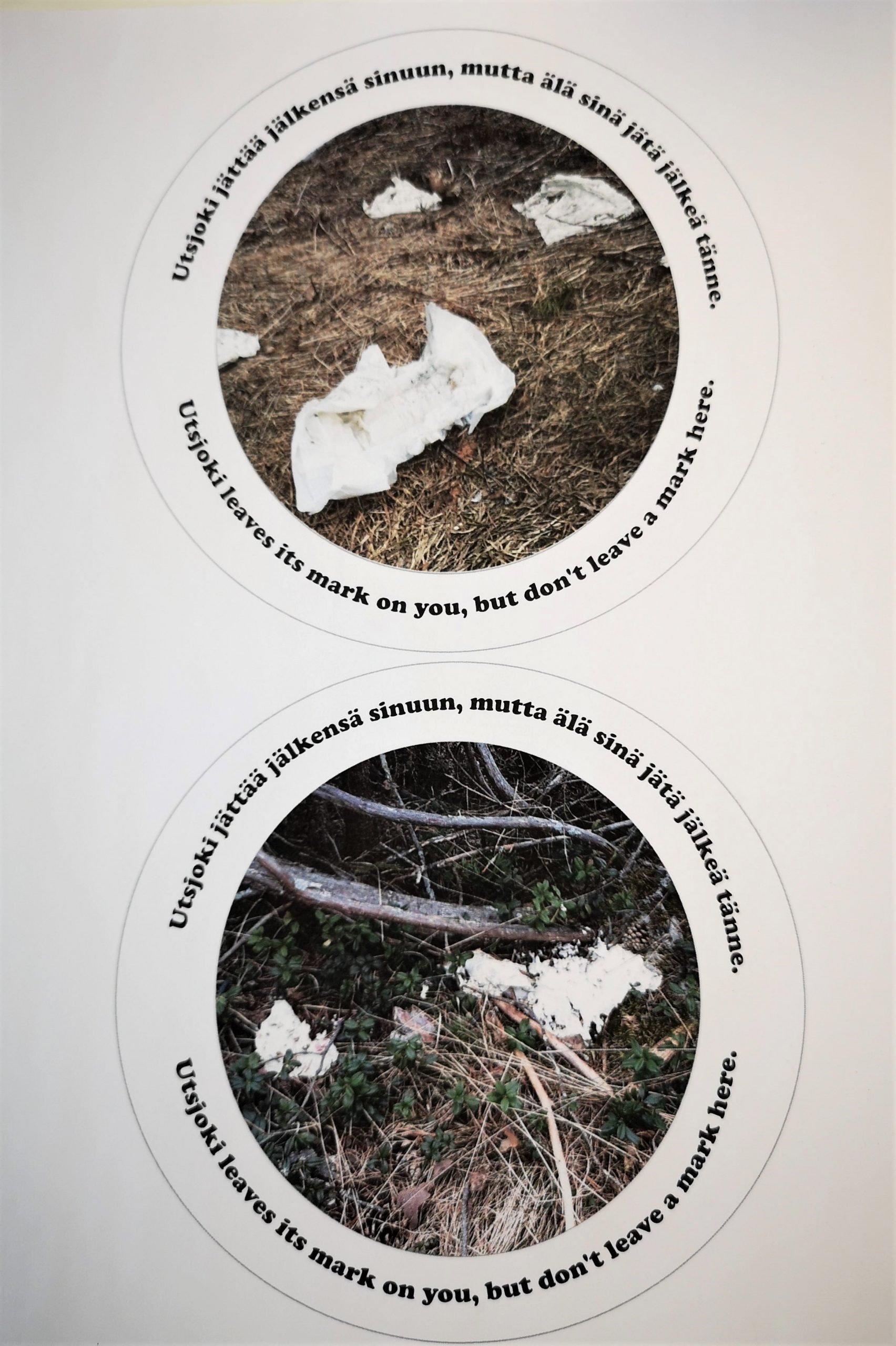
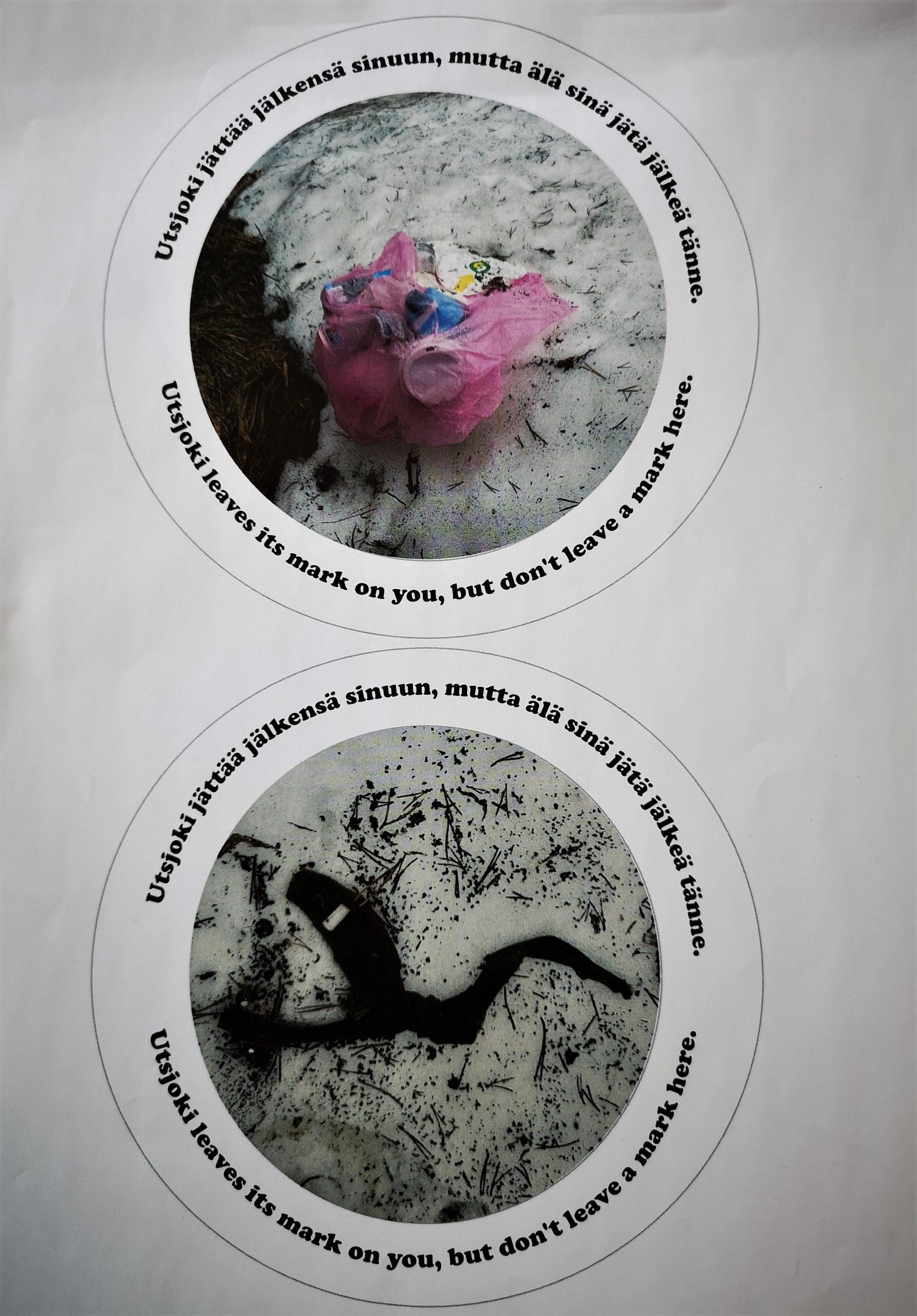
The gallery could serve other purposes as well, such as providing information about the local Sámi culture, which was one of the needs identified by the Utsjoki Living Lab in order to develop sustainable cultural tourism in the municipality. In Sámi cultures, nature and culture are intertwined, hence the gallery could be used for providing correct information on the Sámi culture as well and the nature relations, which may also help uphold locals’ ownership and cultural identity.


